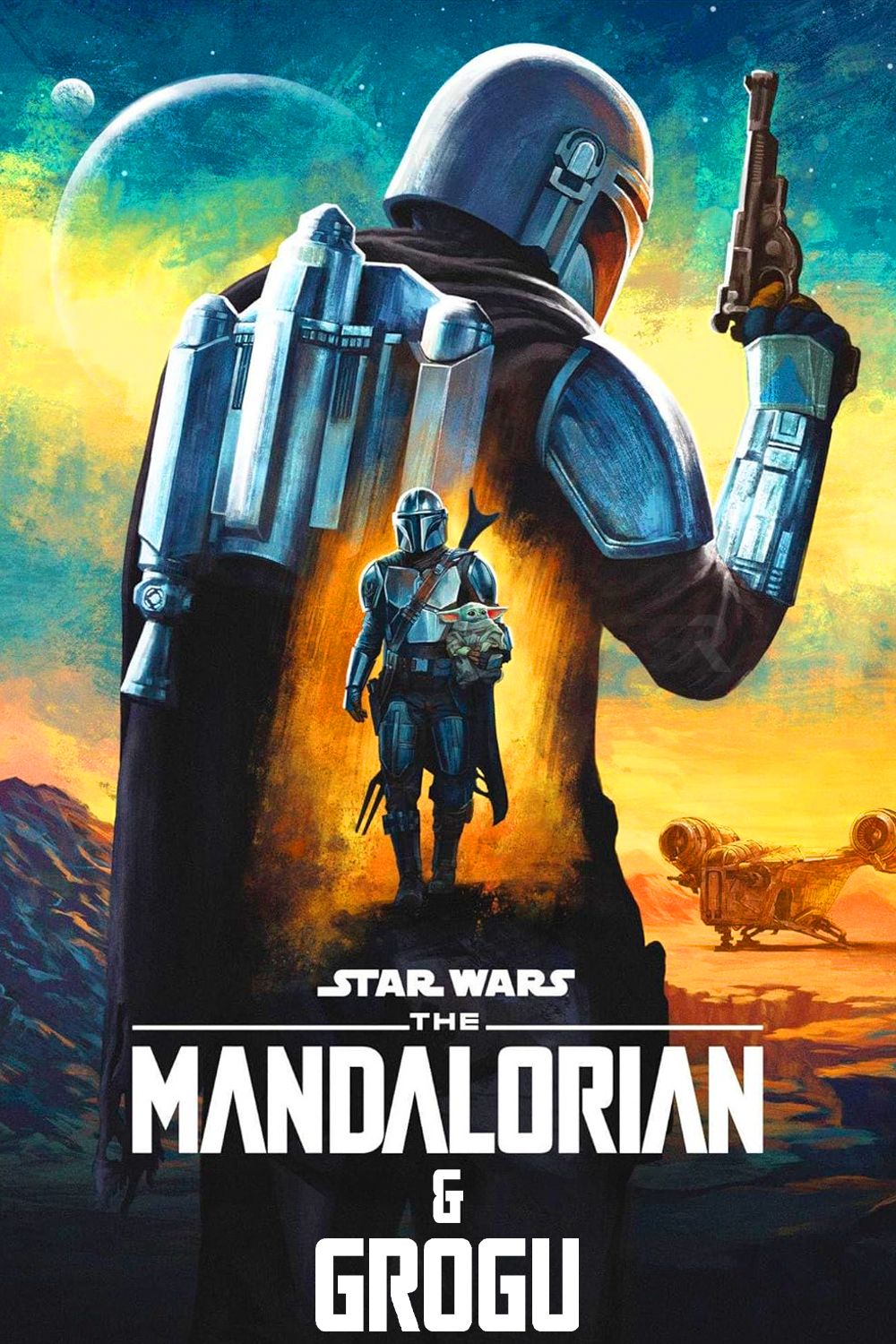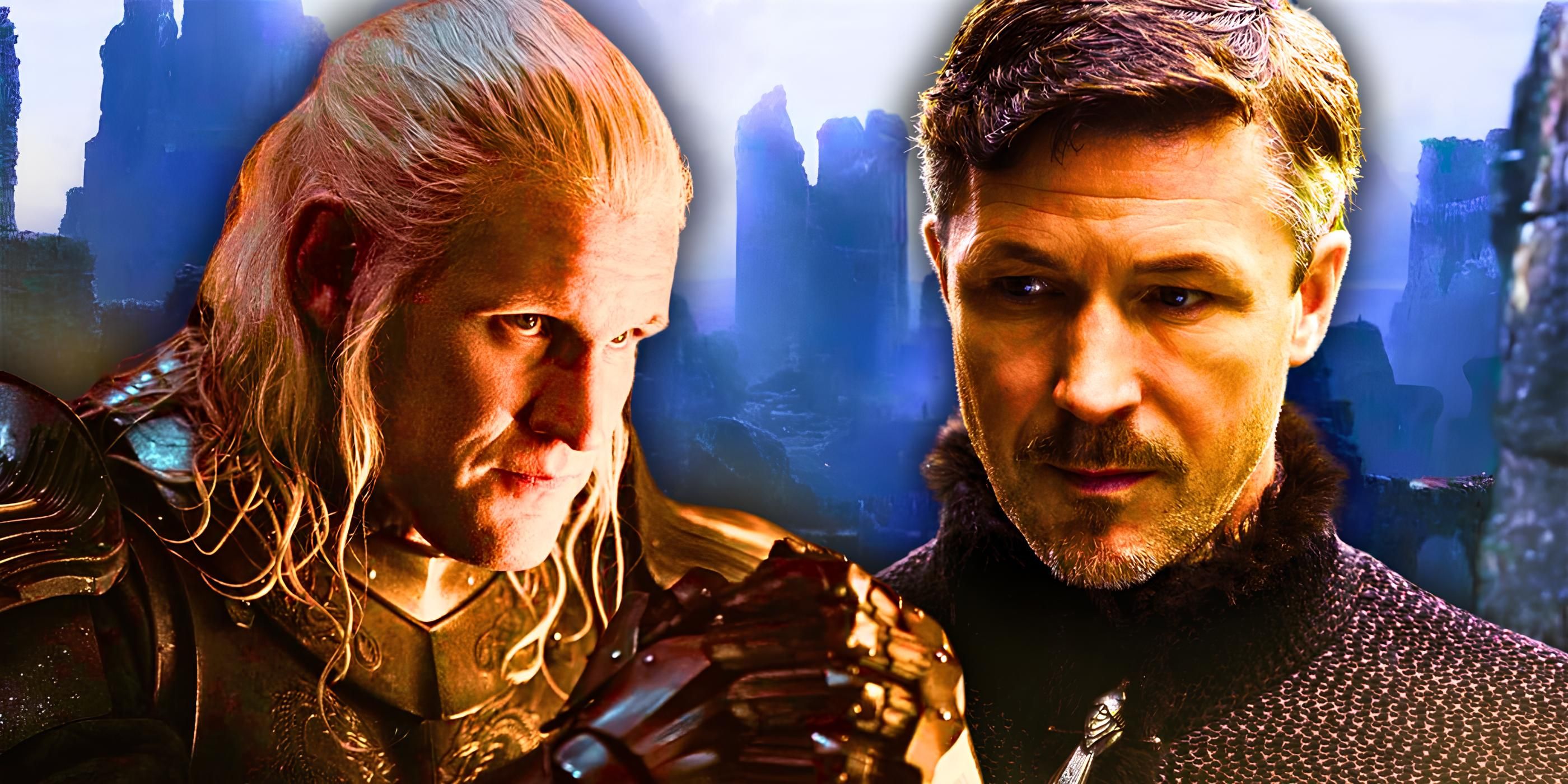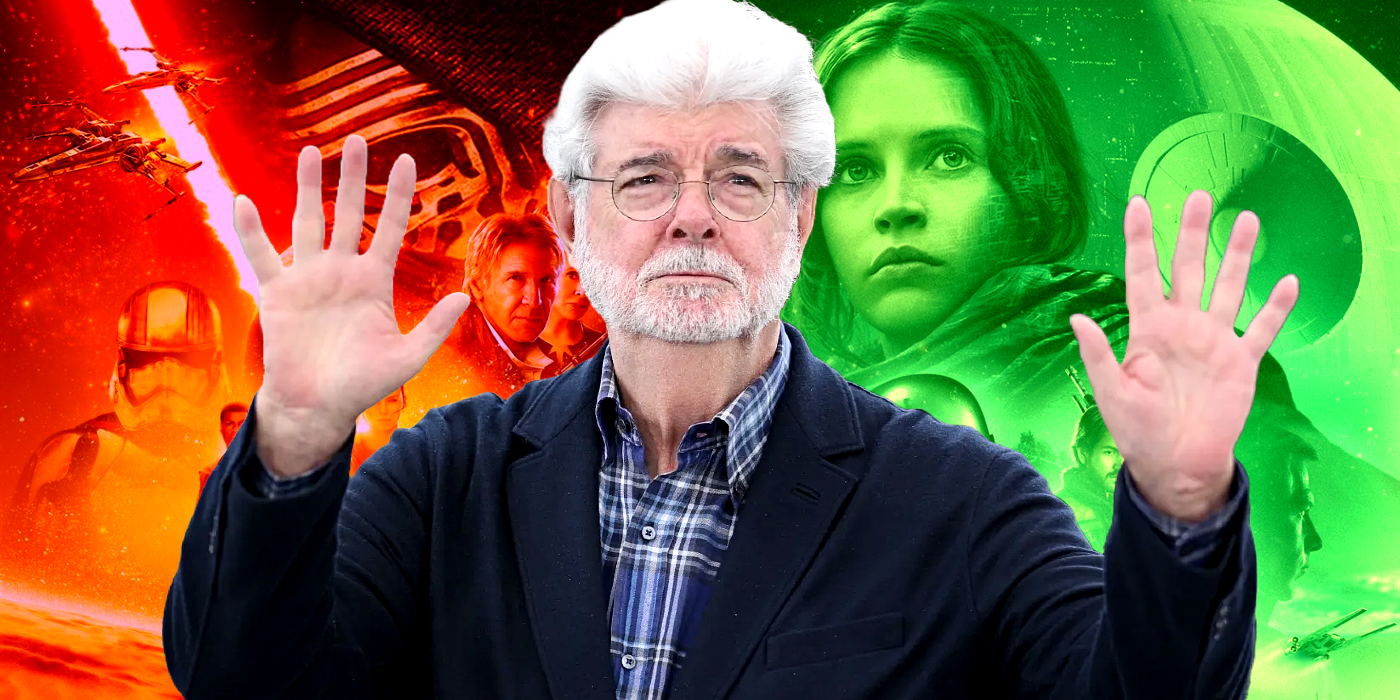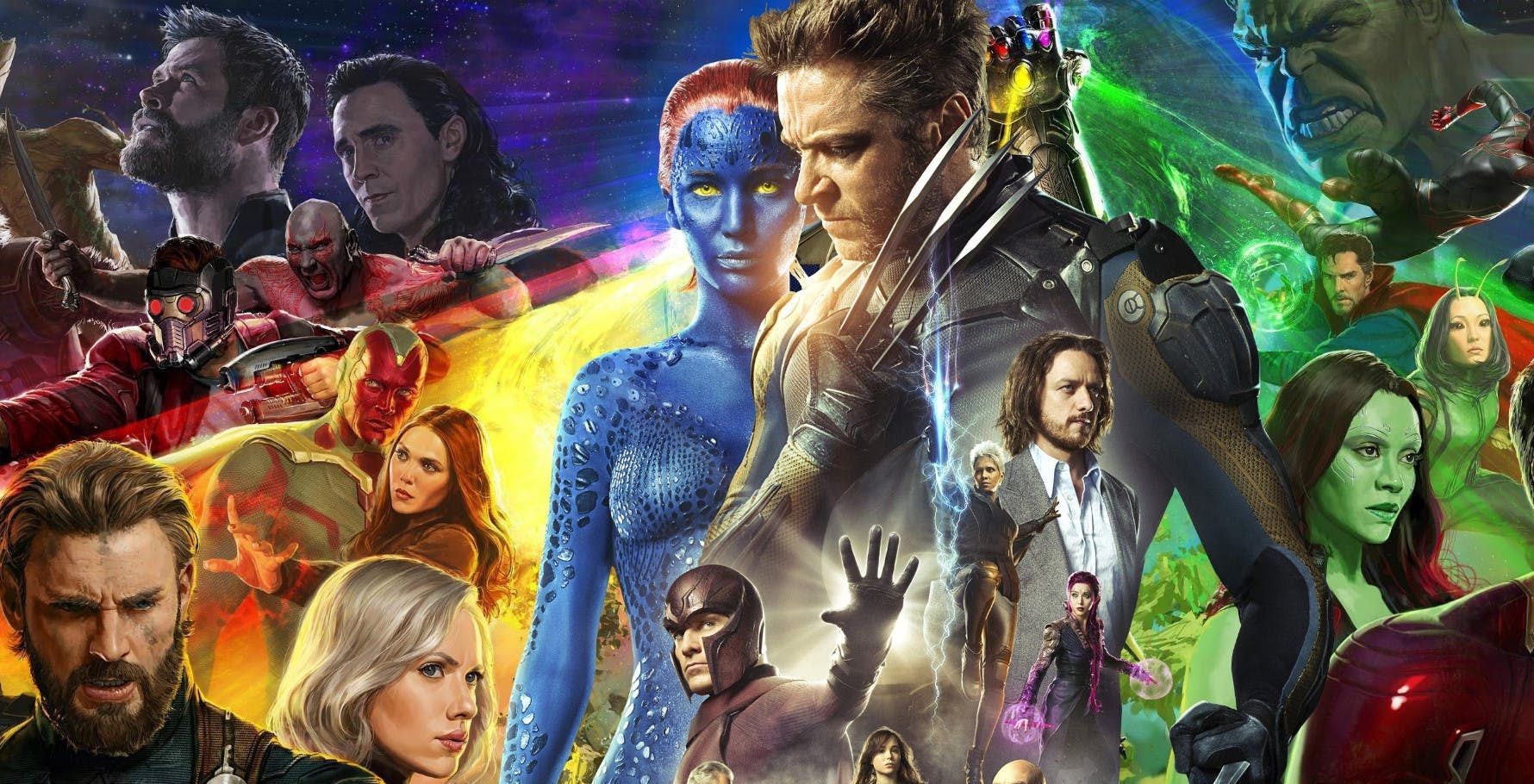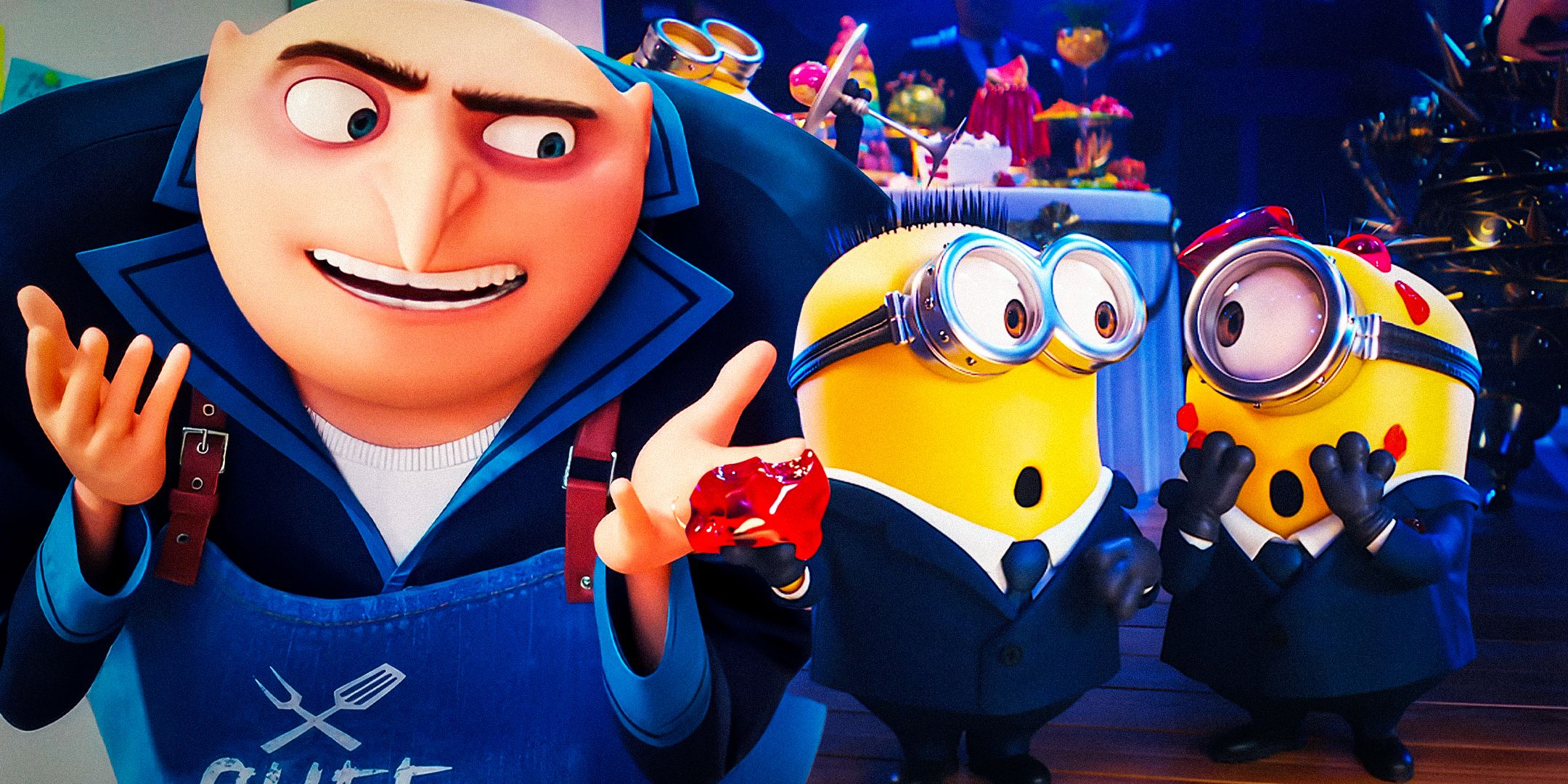Ghostbusters: Afterlife was not the first time the Ghostbusters passed on their proton packs; before Jason Reitman’s latest movie played in theaters, the 90’s Extreme Ghostbusters predicted what was to come. Acting as a sequel to The Real Ghostbusters, the cartoon introduced ideas that were seen later in Reitman’s film. Portraying a post-Ghostbusters world and Egon Spengler mentoring a new team, the foresight of the cartoon was as clear as a class-5 free-roaming vapor.
Premiering in 1997, Extreme Ghostbusters envisioned a new generation of paranormal investigators. Set a decade after The Real Ghostbusters, the premise had a founding member, Egon Spengler, training four college students to combat new supernatural threats after the original Ghostbusters split up. Only having aired for a single season, the show still left an impact on the Ghostbusters mythology and is remembered fondly for its unique visuals, colorful characters and its continuation of the Saturday morning cartoon.
While the premise may seem like a far cry from Ghostbusters: Afterlife, it is still very much a tribute to what came before, what comes next, and to unfinished business. Both adaptations focused on establishing a new chapter rather than recreating the previous ones. However, Extreme Ghostbusters was the first to tell a story about a new team guided by Egon and what happened after the old one went their separate ways. As a result, the earlier show clearly laid the groundwork for the latest big-screen Ghostbusters iteration.
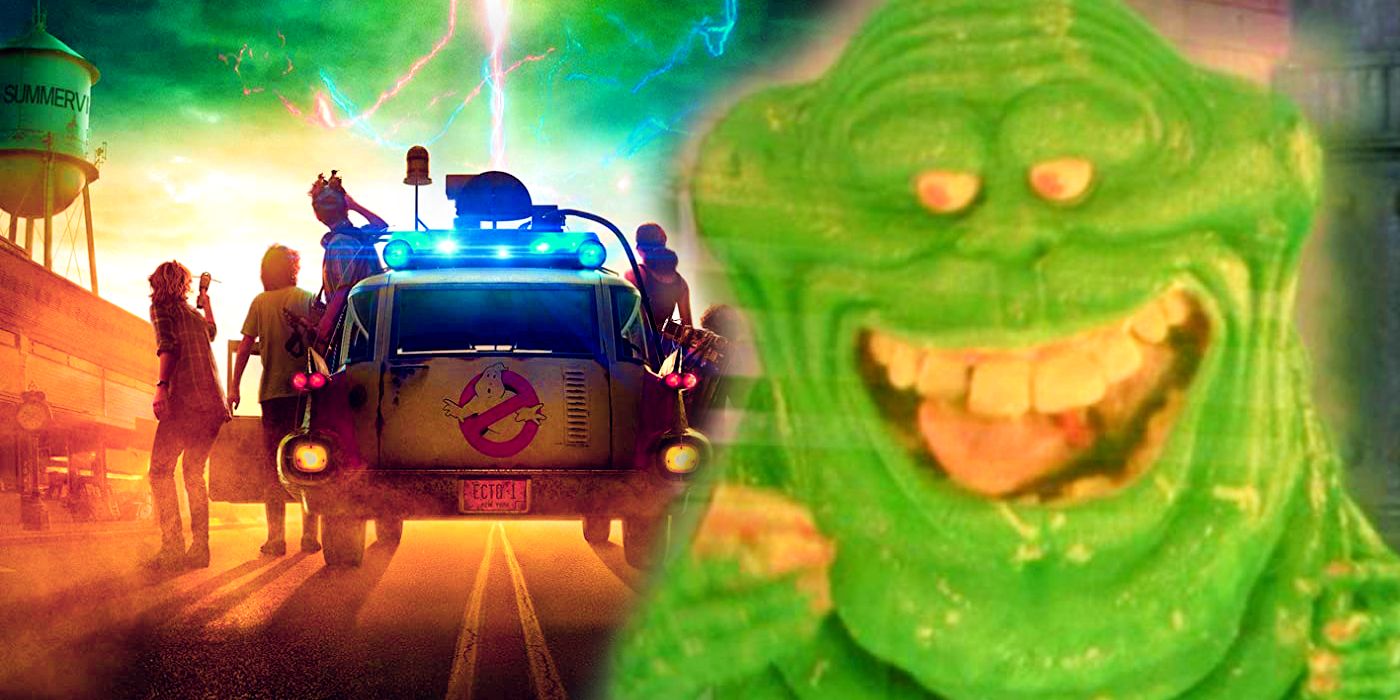
Ghostbusters: Afterlife established that most of the team retired as paranormal investigators about 30 years ago. Original member, Ray Stantz, explained after their heyday was over, customers stopped calling about the supernatural. Ray elaborates it was only Egon who believed their responsibilities as Ghostbusters weren’t over. This parallels the cartoon’s plot in which the team disbanded under similar circumstances, leaving only Egon in Ghostbusters’ fire station to prepare for the next paranormal outbreak. Both productions even use the same explanation Reitman gives about their downfall, that the Ghostbusters were “too good at their jobs,” thus putting the weight of the proton packs on the shoulders of a new generation and having them carry on the spirit of the original team.
Ghostbusters: Afterlife focuses on Egon, his attempt to wrap up unfinished business, and the changing of the guard. This idea was also previously explored in Extreme Ghostbusters and served as the show’s premise. The cartoon depicted an older Egon who was very aware of his age and struggled to accept it. He believed there was a job to do and it often involved risking his health to bust ghosts. Spengler was still a mentor to a new team of Ghostbusters and even fought beside them when the slime hit the fan. In the film, the character was also portrayed as a guiding force who refused to give up, even after he sacrificed everything to stop Gozer.
Not unlike the final act of Ghostbusters: Afterlife, the series finale featured the original Ghostbusters. Egon’s students teamed up their antecedents from The Real Ghostbusters to stop an invasion of metal-devouring ghosts, similar to Afterlife’s Muncher, preferring to use most of the original cast sparingly to establish its own identity while paying tribute to the stories that inspired it. Reitman also did this when reuniting Ray, Winston, and Peter with Egon. Extreme Ghostbusters wasn’t sure exactly what form it’d take, but the creators knew it was time to pass the torch. Ghostbusters: Afterlife did more than fulfill a prophecy about Gozer’s return, it took the next logical step foreseen in 1997, because regardless of who’s wearing the packs, there always needs to be someone to answer the call.
